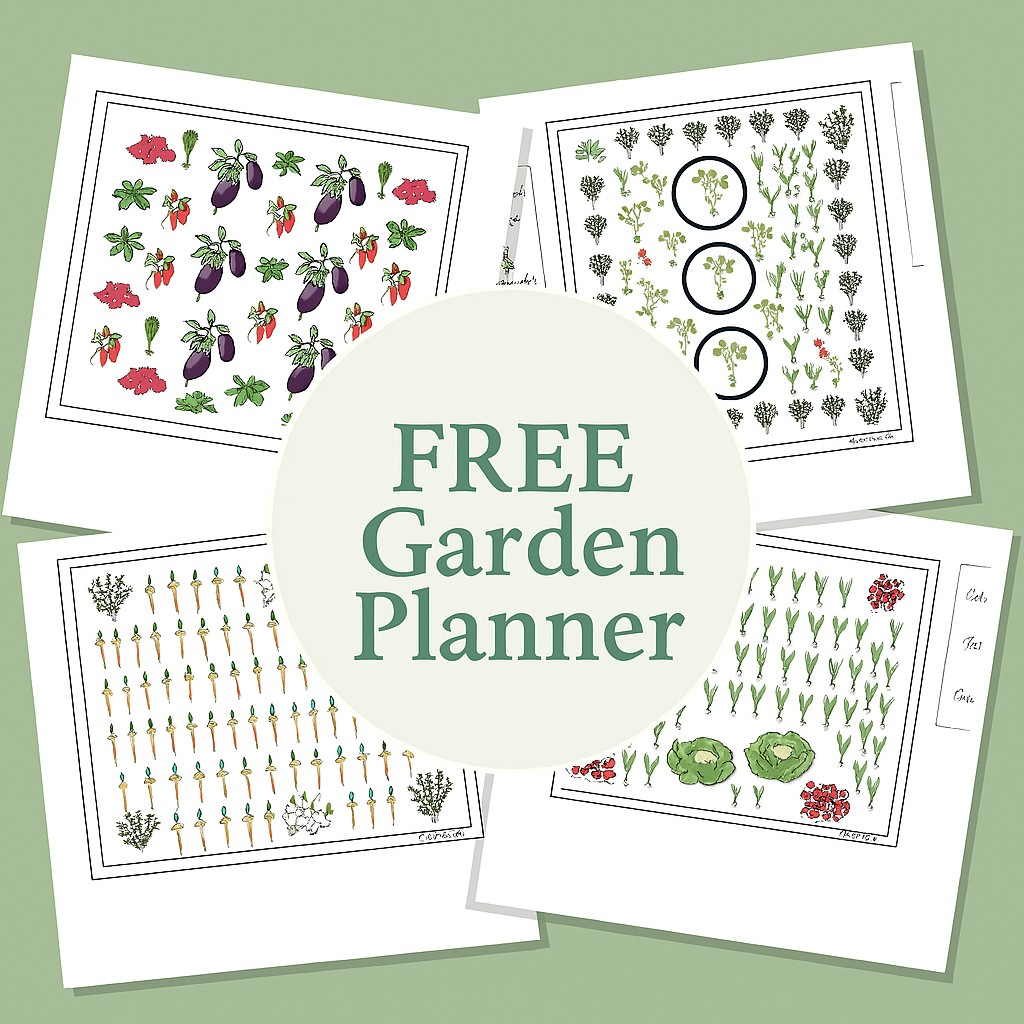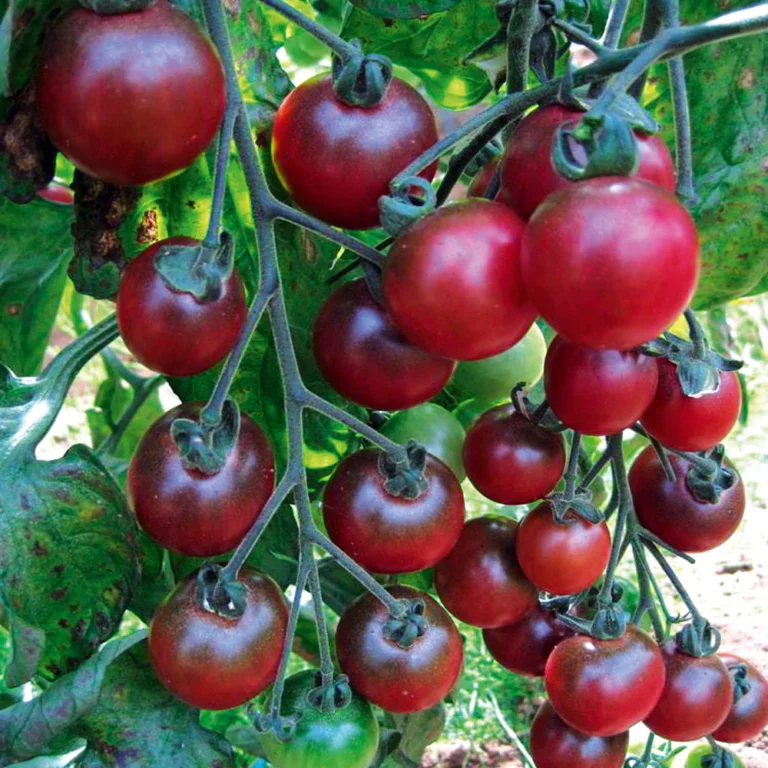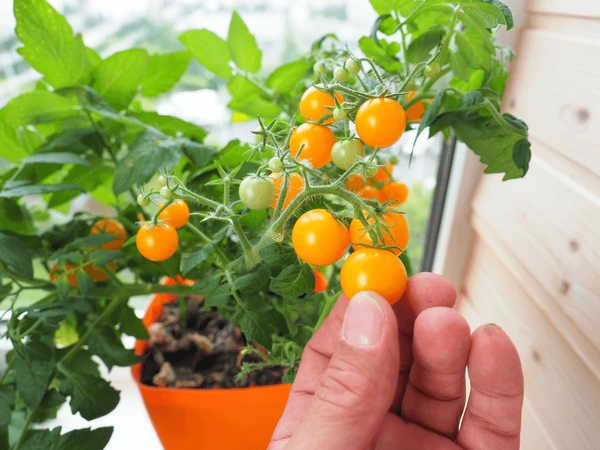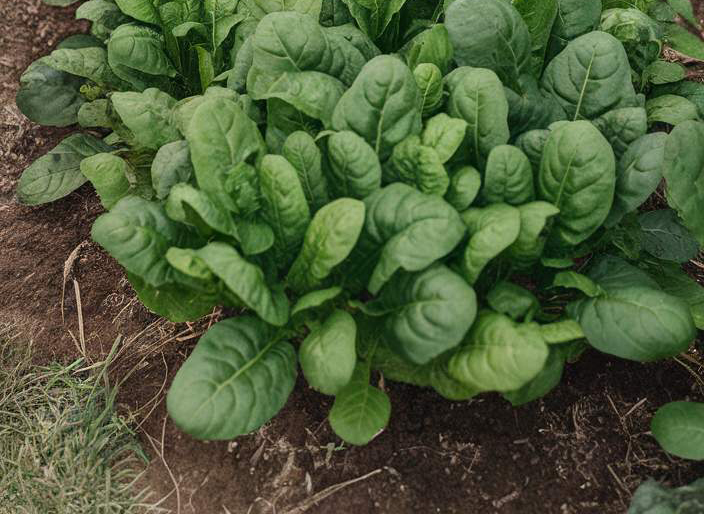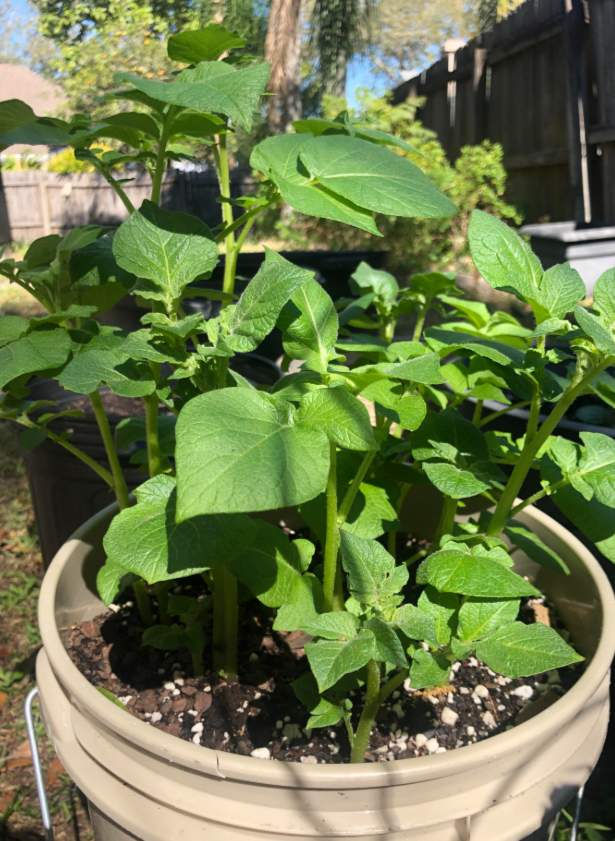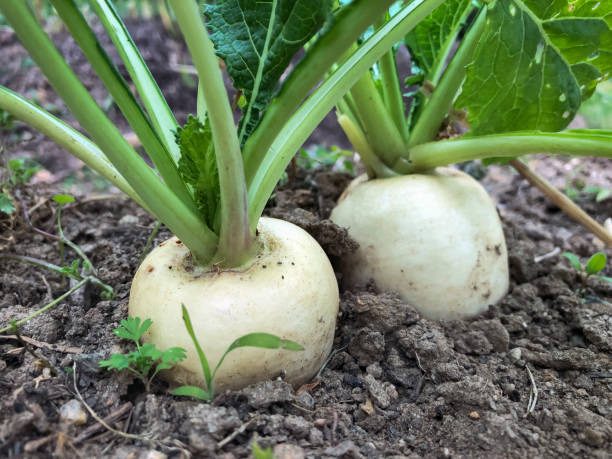Fall Broccoli Growing Guide (Without the Fuss)
Growing broccoli in fall has a certain calm to it. No blazing summer sun drying things out in two seconds, no rush to harvest before everything bolts.
Just cooler air, steady progress, and a veggie that actually thrives when things get a little chilly.
If you’ve ever tried to grow it in spring and ended up with tiny heads and sad yellow flowers, fall might be your redemption arc.
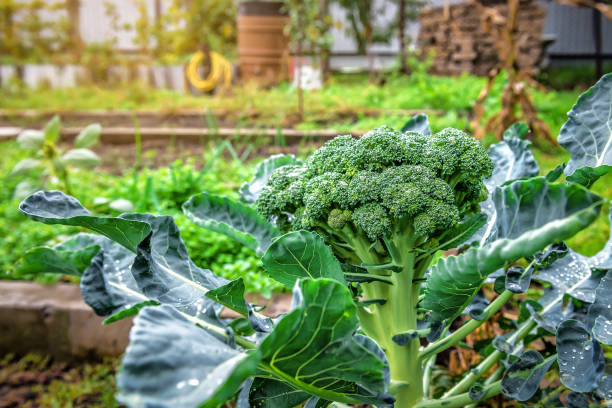
Why Fall Is Better for Broccoli
Broccoli likes it cold. Not icy-frostbite cold—but cool, consistent, and a bit moody.
Fall brings shorter days and gentler light, which slows things down just enough for broccoli to form those big, dense heads without rushing to flower.
The best part? You avoid most of the pests that usually torment spring crops.
Cabbage moths, flea beetles—they tend to peace out once temperatures drop.
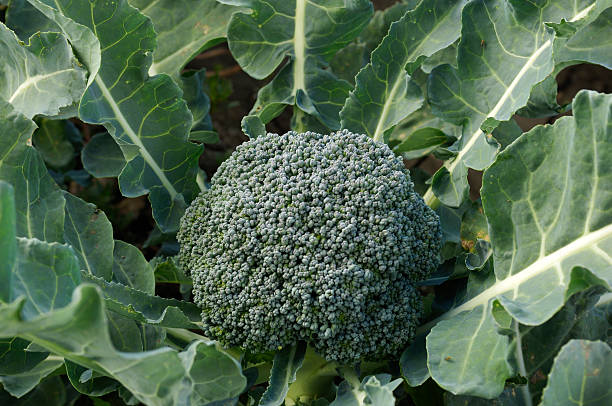
So your plants actually have a fighting chance.
Timing Is Everything
Fall gardening’s a bit like planning a slow-cooked stew—it only works if you start at the right time.
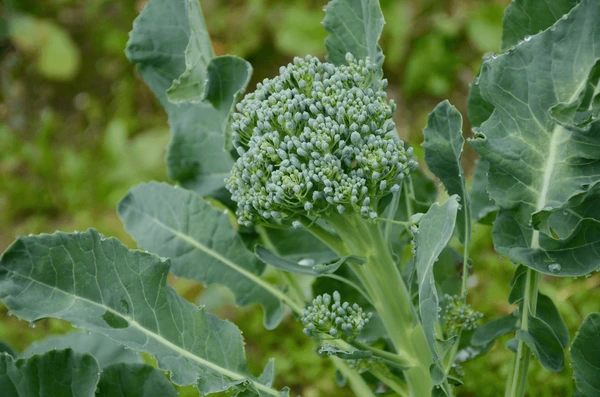
You’ll want to start your broccoli seeds about 10–12 weeks before your first expected frost.
That gives them time to get through the seedling stage, settle in, and start forming heads before winter really hits.
In places like Auckland or coastal NZ, where frosts aren’t a massive concern, you’ve got more wiggle room. But in colder climates, check your local frost dates and backtrack.
Starting Seeds or Buying Seedlings?
Here’s a quick look:
| Option | Pros | Cons |
|---|---|---|
| Starting seeds | Cheaper, more variety | Takes time and indoor space |
| Buying starts | Quick, easy, and reliable | Less variety, slightly pricier |
I usually do a mix of both. Start a few trays inside while also keeping an eye out for seedlings at the garden center (especially around mid-to-late summer).
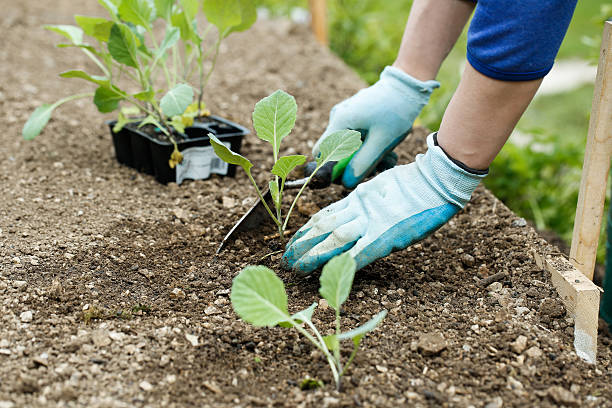
Where to Plant It
Broccoli needs:
- Full sun (at least 6 hours, even in fall)
- Rich, loose soil (add compost or worm castings)
- Good drainage (no one wants soggy roots)
Raised beds work beautifully. Containers? Yes, but go big—at least 5 gallons. And space the plants about 18 inches apart. They get bushy.
Caring for Fall Broccoli
It’s a low-drama plant once it’s going. Here’s the basic rundown:
- Watering: Keep soil moist, especially while heads are forming.
- Feeding: A boost of nitrogen helps with leafy growth early on, but once the heads start forming, ease up. A balanced fertilizer or compost tea is plenty.
- Mulching: A layer of straw or shredded leaves helps regulate temps and keeps weeds in check.
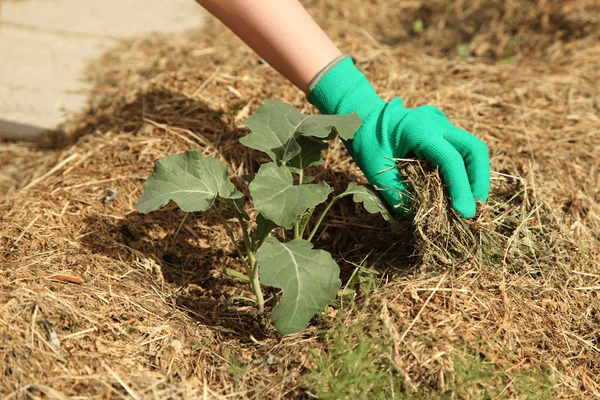
And honestly? Don’t baby it. Broccoli loves a chill. Literally.
Harvesting Tips
You’ll know it’s ready when the central head is full and firm but before any yellow flowers appear.
Use a sharp knife to cut the main head off, and leave the plant. It often produces little side shoots you can keep harvesting for weeks.
Kind of like getting bonus broccoli, and who doesn’t want that?
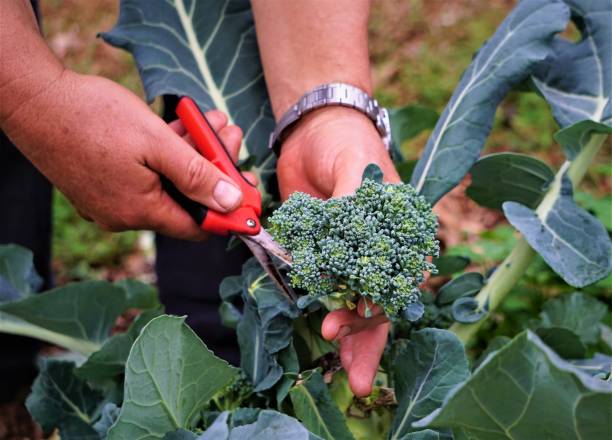
A Few Bonus Tips
- If your weather gets really cold early, throw a floating row cover or old sheet over the plants at night. That extra few degrees makes a difference.
- If you’re in a windy or exposed spot, stake the plants. Big heads + wind = flopped over mess.
- Watch for slugs early on. They love tender leaves. A sprinkle of crushed eggshells or organic slug bait around the base helps.
Wrap-Up
Fall broccoli is weirdly satisfying. Something about watching it grow while the rest of the garden slows down just feels right.
You don’t need a huge space or any fancy setup—just decent soil, a good planting window, and a bit of patience.
Before you know it, you’ll be cutting through deep green stalks and steaming up bowls of fresh-picked florets like it’s no big deal.
